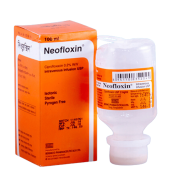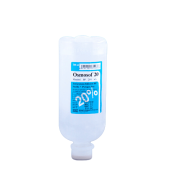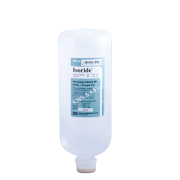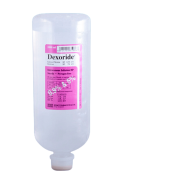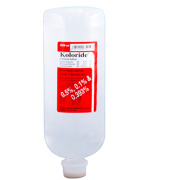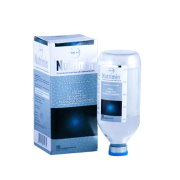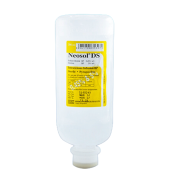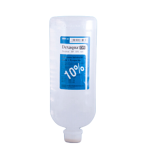Dexaqua
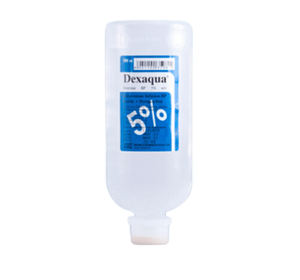
Generic Name: 5% w/v Dextrose
Dosage Form: Sterile solution
TG Name: Intravenous Fluids
1. What Dexaqua is and what it is used for?
Dextrose is a form of glucose (sugar). Dextrose 5% in water is injected into a vein through an IV to replace lost fluids and provide carbohydrates to the body.
Dextrose 5% in water is used to treat low blood sugar (hypoglycemia), insulin shock, or dehydration (fluid loss). Dextrose 5% in water is also given for nutritional support to patients who are unable to eat because of illness, injury, or other medical condition.
2. Before you take Dexaqua
Do not take this medicine and tell your doctor if:
You should not use this medication if you are allergic to dextrose.
Before using dextrose 5% in water, tell your doctor if you have diabetes, breathing problems, an electrolyte imbalance, kidney or liver disease, a food or drug allergy, or if you receive regular blood transfusions.
Take special care with Dexaqua
Check with your doctor before taking this medicine if:
You should not use this medication if you are allergic to dextrose.
To make sure you can safely use dextrose 5% in water, tell your doctor if you have any of these other conditions:
- diabetes;
- breathing problems;
- an electrolyte imbalance (such as low levels of potassium in your blood);
- kidney or liver disease;
- any allergy to foods or medicines; or
- if you receive regular blood transfusions.
Pregnancy and breast-feeding
FDA pregnancy category C. It is not known whether dextrose 5% in water will harm an unborn baby. Tell your doctor if you are pregnant or plan to become pregnant while using this medication.
It is not known whether dextrose 5% in water passes into breast milk or if it could harm a nursing baby. Do not use this medication without telling your doctor if you are breast-feeding a baby.
3. How to take Dexaqua?
Taking this medicine. Always use Dexaqua exactly as your doctor has told you. You should check with your doctor or pharmacist if you are not sure.
How much to take?
The dose of Dextrose infusion is variable. It is dependent on individual patient requirements. For 5% dextrose solution, the dose frequently ranges from 500 to 1000 ml. The maximum rate of infusion that will not cause glycosuria is 0.5 g/kg/hr. About 95% is retained when the rate is 0.8 g/kg/hr. the maximum rate of glucose utilization is about 800 mg per kg body weight per hour.
If you take more Dexaqua than you should
Seek emergency medical attention.
If you forget to take Dexaqua
Call your doctor for instructions if you miss a dose of dextrose 5% in water.
If you stop taking Dexaqua
Stop using dextrose 5% in water and call your doctor at once if you have a serious side effect such as:
- severe burning, pain, or swelling around the IV needle;
- warmth, redness, oozing, or bleeding where the IV was placed;
- fever, ongoing cough;
- high blood sugar (increased thirst, increased urination, hunger, dry mouth, fruity breath odor, drowsiness, dry skin, blurred vision, weight loss);
- headache, trouble concentrating, memory problems, weakness, feeling unsteady, hallucinations, fainting, seizure, shallow breathing or breathing that stops;
- low potassium (confusion, uneven heart rate, extreme thirst, increased urination, leg discomfort, muscle weakness or limp feeling); or
- anxiety, sweating, pale skin, severe shortness of breath, wheezing, pain, fast or uneven heart rate.
4. Possible side effects
- severe burning, pain, or swelling around the IV needle;
- warmth, redness, oozing, or bleeding where the IV was placed;
- fever, ongoing cough;
- high blood sugar, headache, trouble concentrating, memory problems, weakness, feeling unsteady, hallucinations, fainting, seizure, shallow breathing or breathing that stops;
- low potassium or anxiety, sweating, pale skin, severe shortness of breath, wheezing, pain, fast or uneven heart rate.
Tell your doctor if any of the side effects gets serious or lasts longer than a few days, or if you notice any side effects not listed in this leaflet
5. How to store Dexaqua?
Dexaqua should be stored at controlled room temperature.


